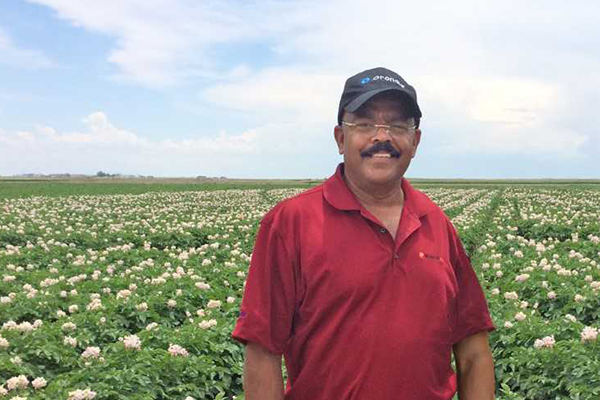ADVERTISEMENT
One of the most common diseases growers face, Rhizoctonia can impact potato seedlings, roots and stolons. Depending on when the disease causes stress, various effects can result. For example, if there’s disease pressure during early development, seedlings could grow tubers of disproportionate size. If the disease develops later in the season, roots and stolons are affected. This creates lesions that can essentially choke off photosynthesis and stunt growth of the developing tuber. And if that’s not enough to envision, Rhizoctonia can noticeably blemish potato appearance.
With all these potential effects, growers must consider how Rhizoctonia finds its way into their fields. The Spud Doctor Kiran Shetty explains in the video below.
To learn from the Spud Doctor, click here >>

